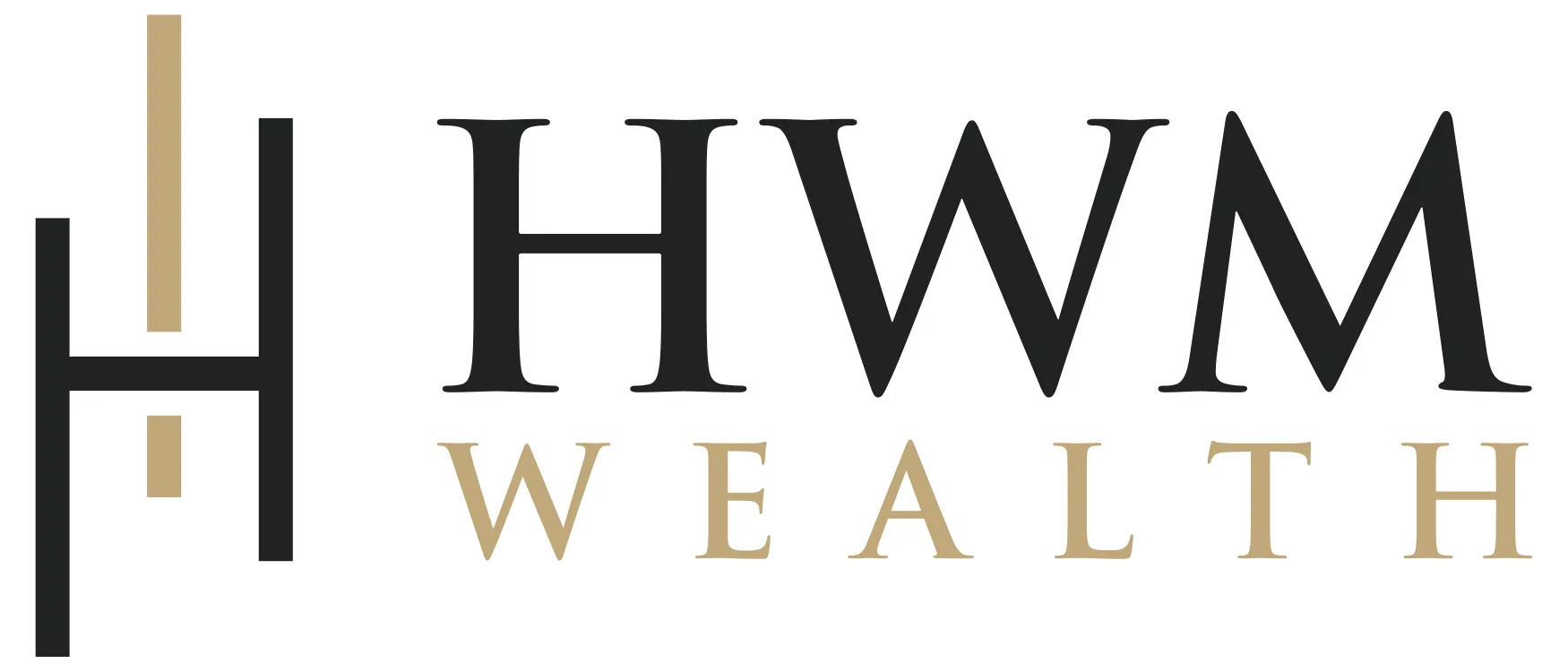06.15.25 -- By mid-year, most business owners have a clear sense of how the year is shaping up—and enough time to influence the outcome.
Last week, we covered five foundational conversations every business owner should be having with their CPA in June—entity structure, QBI, retirement plans, timing strategies, and deductions.
This week, we dive deeper with advanced strategies. These aren't universal, but when applicable, they can significantly reduce your tax burden. While tailored for business owners, strategies like Roth conversions and charitable giving can offer valuable benefits for personal taxpayers too.
6. Roth conversions in lower-income years If you anticipate higher income in the future, your tax rate may increase. Converting pre-tax retirement funds to a Roth IRA lets you pay taxes now for tax-free growth and withdrawals later.
- Best for: Business owners in a low-income year or individuals with years before required minimum distributions (RMDs) begin at age 73.
- Complication: Conversions increase your taxable income, potentially pushing you into a higher tax bracket or triggering Medicare surcharges (IRMAA).
- Strategy: Convert just enough to fill your current tax bracket without entering the next one. Note: Roth conversions are now irreversible.
I can model scenarios and collaborate with your CPA to optimize the amount and timing of conversions.
7. Charitable strategies that still work Charitable giving remains flexible, but the rules have shifted. To get the full deduction, you typically need to itemize—and that's harder now with higher standard deductions ($15,000 for individuals, $30,000 for married filing jointly in 2025).
Two Effective Charitable Giving Strategies
- Donor-Advised Funds (DAFs) Bundle several years of charitable giving into a high-income year to maximize tax deductions. You claim the tax benefit immediately while maintaining flexibility to distribute to charities later. Best for: High earners seeking to optimize deductions in peak income years.
- Qualified Charitable Distributions (QCDs) If you're 70½ or older, transfer funds directly from your IRA to a qualified charity. These distributions avoid taxable income and count toward your required minimum distributions (RMDs), which begin at age 73. Best for: Retirees looking to reduce taxable income while meeting RMD requirements.
8. Real Estate as a Tax Strategy Real estate can be a powerful tool for tax savings, but benefits depend on ownership structure and management.
Three key strategies to consider:
- Cost Segregation An engineering-based study identifies building components (e.g., fixtures, HVAC) that can be depreciated over 5, 7, or 15 years instead of 27.5 (residential) or 39 (commercial) years. This accelerates deductions, offsetting income in high-earning years. Trade-off: Depreciation recapture applies upon sale, taxing accelerated deductions at ordinary income rates.
- Real Estate Professional Status If you or your spouse spend 750+ hours annually on real estate activities (more than half your total work hours), you may qualify as a real estate professional. This allows rental losses to offset active business income, rather than being limited by passive loss rules. Caution: Strict IRS documentation is required, and many business owners don't meet the time threshold.
- Opportunity Zones Reinvest capital gains from a sale (business or stock) into a Qualified Opportunity Fund within 180 days to defer taxes. Hold the investment for 10+ years, and future gains may be tax-free. Note: Complex regulations apply, and QOF investments carry market risks.
Each strategy demands careful planning and compliance. Consult your tax advisor to evaluate eligibility and optimize outcomes.
9. Coordinating Business and Personal Strategies Many business owners miss opportunities by treating business and personal finances separately. Your CPA focuses on business taxes, your advisor manages investments, but without coordination, entity structure, retirement planning, and tax strategies may not align.
The Opportunity: Integrated planning maximizes wealth. Coordinated advisors align your business structure (e.g., LLC, S-Corp) with personal goals, optimizing tax savings and retirement contributions throughout the year.
Proactive planning in mid-year allows flexibility to adjust strategies, such as retirement contributions or entity changes, before year-end deadlines. Waiting until December limits options and creates stress.
Action Step: Confirm your CPA, financial advisor, and you share a unified plan. Regular check-ins align strategies, making December a confirmation of success, not a scramble.
Please consult with a qualified CPA for tax advice specific to your situation.

